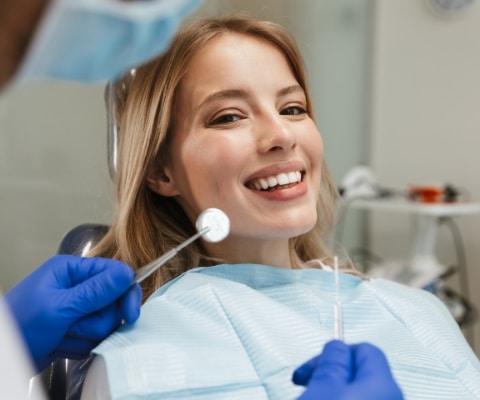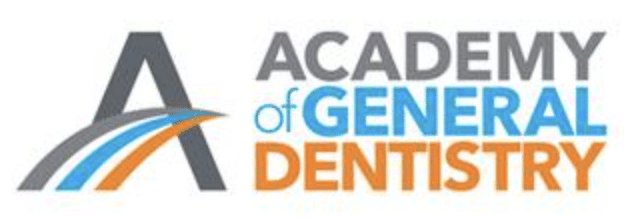Daily dental hygiene is one of the most important parts of dental care. Our team recommend making brushing and flossing a normal part of your day and encourage you to make these hygiene behaviors a habit. Check out our easy guide below or call Atsalis Dental Excellence at 734-453-1190 to schedule a visit with our dentist to learn more about dental hygiene in Plymouth, MI.
Proper brushing and flossing is crucial to maintaining good oral health. Brushing and flossing correctly helps you avoid a number of dental problems, including tooth decay, periodontal (gum) disease, halitosis (bad breath) and staining and discoloration of the teeth. Our dentist and team have provided some basic instructions on brushing and flossing for you here.
How to Brush
You should brush your teeth at least twice each day, using an ADA®-approved toothbrush and fluoridated toothpaste. The toothbrush should be soft bristled and have a small head. It is recommended that you switch out your toothbrush for a new one every three months. You may also want to consider using an electric toothbrush, as this appliance has proven to be highly effective at cleaning teeth.
When you brush your teeth, you should:
- Place the toothbrush at a 45-degree angle to where the gums and teeth meet
- Brush every surface of the tooth — the front, the back and the chewing surfaces
- Use small, circular motions to gently brush the front and back surfaces
- Use back-and-forth motions to brush the chewing surfaces
- Do not scrub or apply pressure
- Be sure to brush your tongue to remove fungi, food and debris
How to Floss
Flossing is an important part of your oral health routine. It cleans between the teeth and below the gumline, removing food and debris and preventing bacteria from accumulating in those areas and causing cavities and gum disease.
When you floss, we recommend that you:
- Use a piece of floss about 18 inches long
- Wrap one end around your middle finger on each hand until the hands are two to three inches apart
- Gently move the floss between the teeth toward the gumline
- Curve the floss in a C-shape around each individual tooth
- Move the floss up and down several times to remove plaque and debris between the teeth
- Do not pop the floss in and out or floss aggressively, as this could cut your gums
If you have questions about brushing or flossing, please speak with our dentist or hygiene team. We will be able to provide instructions on the best brushing and flossing techniques and recommend appropriate oral hygiene aids as needed. Give us a call today to make your appointment!







